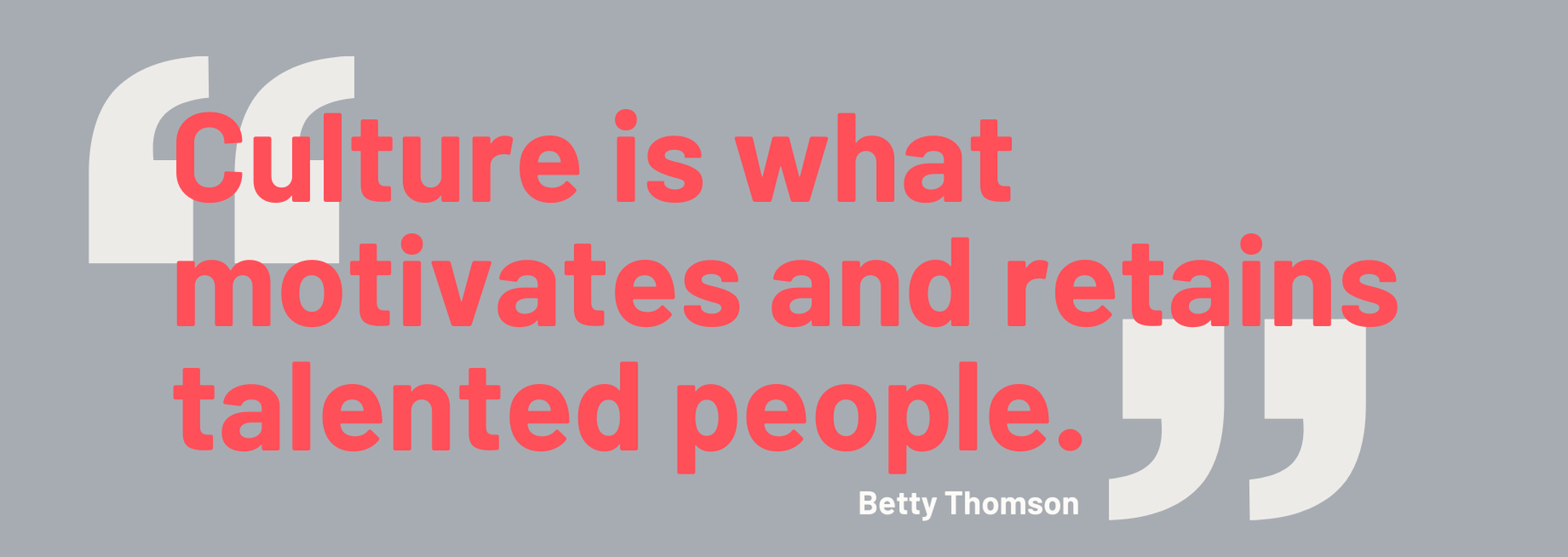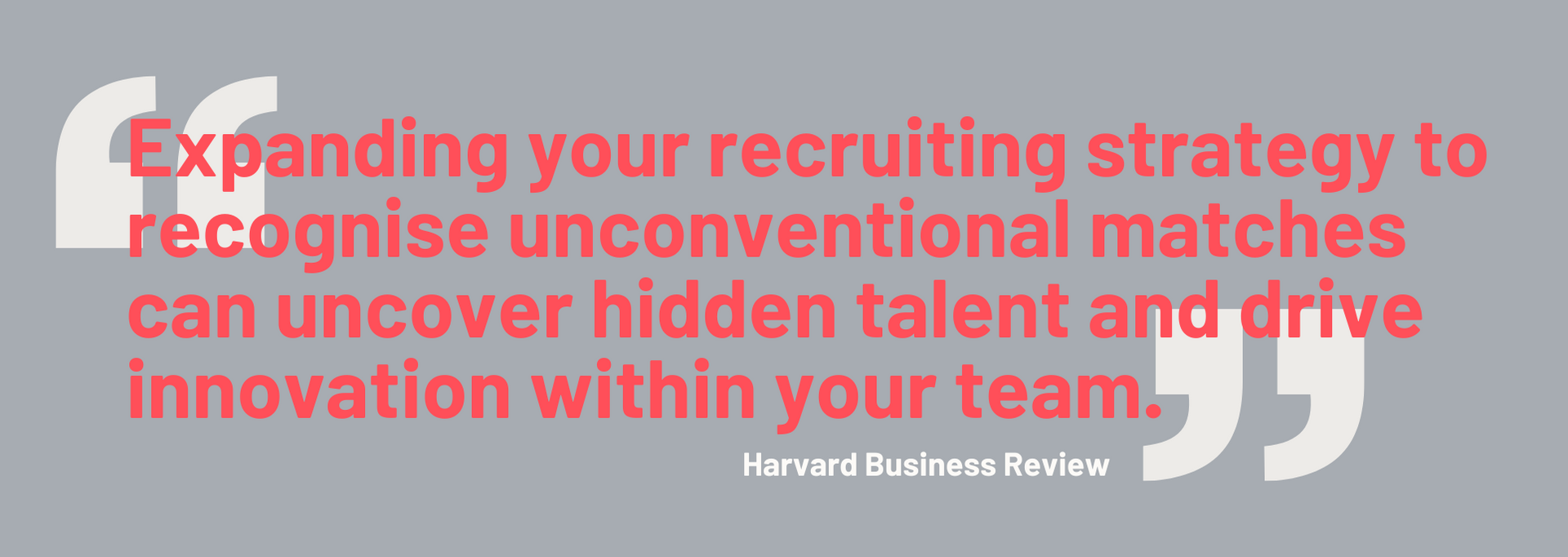Culture Fit vs. Culture Add A New Paradigm in Executive Search
In the evolving landscape of executive recruitment, a significant shift is taking place. The traditional emphasis on "culture fit" is giving way to a new concept: "culture add". This paradigm shift is reshaping how Australian companies approach executive hiring and is having a profound impact on organisational dynamics. Let's explore this new approach and its implications for executive search in Australia.
Understanding Culture Fit vs. Culture Add
Culture Fit traditionally refers to hiring executives who align seamlessly with an organisation's existing culture, values, and ways of working.
Culture Add, on the other hand, focuses on bringing in executives who not only align with core values but also bring diverse perspectives, experiences, and skills that can enrich and evolve the existing culture.
The Limitations of Culture Fit
While culture fit has been a staple in recruitment for years, it has faced increasing scrutiny:
- Homogeneity: Overemphasis on culture fit can lead to a homogeneous workforce, lacking diversity of thought and experience.
- Stagnation: It can reinforce existing practices and mindsets, potentially hindering innovation and adaptability.
- Unconscious Bias: The concept can sometimes be used to justify decisions based on personal preferences rather than objective criteria.
- Resistance to Change: A strong focus on fit can make organisations resistant to necessary cultural evolution.
The Rise of Culture Add
The shift towards culture add is driven by several factors:
- Diversity and Inclusion: Growing recognition of the value of diverse leadership in driving innovation and performance.
- Rapidly Changing Business Environment: The need for fresh perspectives to navigate complex, evolving markets.
- Global Competition: Australian companies competing on a global stage require diverse leadership to understand and penetrate new markets.
- Innovation Imperative: The recognition that diverse thinking is crucial for innovation and problem-solving.

Benefits of Prioritising Culture Add in Executive Search
- Enhanced Innovation: Diverse perspectives lead to more creative solutions and strategies.
- Improved Decision Making: A variety of viewpoints can lead to more robust, well-rounded decisions.
- Adaptability: Leaders who bring new perspectives can help organisations adapt to changing market conditions.
- Expanded Talent Pool: Looking for culture add opens up a wider range of potential executive candidates.
- Stronger Company Culture: Over time, embracing diversity of thought can lead to a richer, more resilient organisational culture.
Challenges in Implementing a Culture Add Approach
- Resistance to Change: Existing leadership may be uncomfortable with new perspectives challenging the status quo.
- Integration Difficulties: It can be challenging to integrate executives with significantly different backgrounds or approaches.
- Balance: Finding the right balance between maintaining core values and embracing new perspectives.
- Assessment Complexity: Evaluating a candidate's potential to add to culture can be more complex than assessing culture fit.

Best Practices for Embracing Culture Add in Executive Search
- Define Core Values: Clearly articulate non-negotiable values while identifying areas where diversity of thought is welcome.
- Expand Search Criteria: Look beyond traditional industry boundaries for executive talent.
- Structured Interview Process: Develop interview questions that assess both alignment with core values and potential to bring new perspectives.
- Diverse Hiring Panels: Ensure that interview panels represent a range of perspectives within the organisation.
- Onboarding for Success: Develop onboarding programs that support the integration of executives bringing new perspectives.
- Measure Impact: Develop metrics to assess the positive impact of culture add hires on innovation, decision-making, and overall performance.
The Role of Executive Search Firms
At Oceans Group, we're at the forefront of this paradigm shift. Our approach to embracing culture add includes:
- Comprehensive Cultural Assessment: We work closely with clients to understand their core values and identify areas where new perspectives can add value.
- Expanded Talent Sourcing: We leverage our extensive networks to identify candidates from diverse backgrounds who can bring fresh perspectives.
- Advanced Assessment Tools: We use sophisticated assessment methodologies to evaluate a candidate's potential to add to organisational culture.
- Client Education: We help our clients understand the benefits of culture add and how to successfully integrate diverse executive talent.
- Post-Placement Support: We offer guidance on successfully onboarding and integrating executives who bring new perspectives to the organisation.
The Australian Context
In Australia, the shift towards culture add is particularly relevant:
- Diverse Workforce: Australia's multicultural workforce provides a rich pool of diverse executive talent.
- Global Business Landscape: Australian companies operating globally benefit from leadership that brings diverse, international perspectives.
- Innovation Focus: Australia's emphasis on innovation in various sectors aligns well with the culture add approach.
Looking Ahead: The Future of Culture Add in Executive Search
As we look to the future, several trends are likely to shape the evolution of culture add in executive search:
- AI and Data Analytics: Advanced technologies may play a larger role in identifying candidates who can add to organisational culture.
- Emphasis on Cognitive Diversity: There may be a growing focus on cognitive diversity in addition to demographic diversity.
- Flexible Leadership Models: Organisations may adopt more flexible leadership structures to accommodate a wider range of perspectives and working styles.
- Continuous Culture Evolution: Companies may place greater emphasis on continuously evolving their culture, with executive hires playing a key role in this process.
Conclusion
The shift from culture fit to culture add represents a significant evolution in executive search. By embracing this new paradigm, Australian companies can build more diverse, innovative, and resilient leadership teams capable of navigating an increasingly complex business landscape.
At Oceans Group, we're committed to helping our clients navigate this shift, identifying executive talent that not only aligns with core values but also brings fresh perspectives that can drive organisations forward. In doing so, we're not just filling leadership positions – we're helping to shape the future of Australian business.
As you consider your next executive hire, ask yourself: Are you looking for someone who simply fits in, or someone who can help your organisation grow and evolve?









